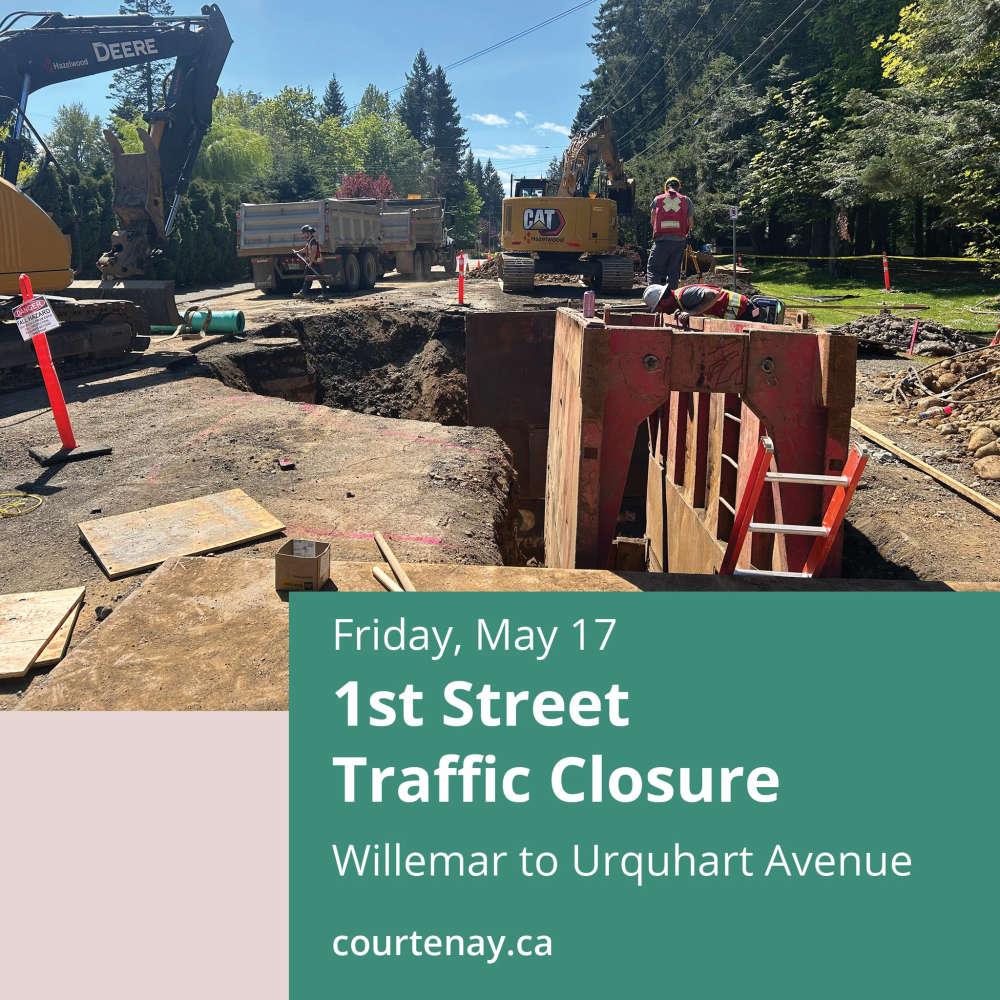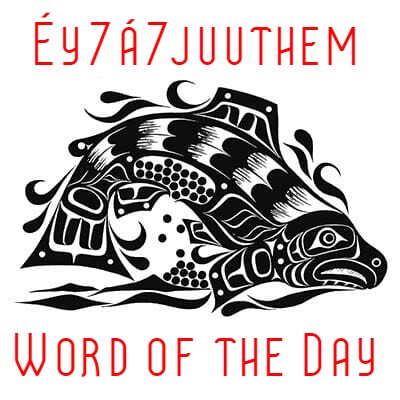
Women and children leaving violence now have 55 more safe spaces to call home in Campbell River.
Eagle Harbour is a newly opened five-storey building for women and gender-diverse people who are leaving violence.
“These new Eagle Harbour transition spaces will be there as a safety net for women and children leaving violence,” said Michele Babchuk, MLA for North Island.
“I am grateful to the Campbell River and North Island Transition Society for creating and operating these new homes so we can ensure safe housing for vulnerable members of the community for years to come.”
It has 36 units of second-stage housing with on-site supports intended for use as temporary, short-stay housing. Eagle Harbour also has 19 units of affordable rentals for more permanent housing options.
Residents will pay either 30% of their income for rent or, for those receiving income or disability assistance, the provincial shelter rate.
Mayor Kermit Dahl says the homes will help break the cycle of abuse and provide a safe, secure home for individuals to thrive.
The Campbell River and North Island Transition Society will operate the new homes.
The Province, through BC Housing, invested nearly $21 million through the Building BC: Women’s Transition Housing Fund (WTHF) for the project. More than $1 million in annual operating funding will also be provided for the building.
As is generally the case for projects for women and children leaving violence, the address of this project has not been disclosed for safety reasons.

 Comox Valley RCMP Say Teenager Found Safe, But Seeking 53-Year Old Missing Man
Comox Valley RCMP Say Teenager Found Safe, But Seeking 53-Year Old Missing Man
 Communities To Celebrate Victoria Day This Weekend
Communities To Celebrate Victoria Day This Weekend
 A Lot To Enjoy At The Comox Air Show This Weekend
A Lot To Enjoy At The Comox Air Show This Weekend
 Road Closure On 1st Street In Courtenay Today
Road Closure On 1st Street In Courtenay Today
 Historic Haida Aboriginal Title Legislation Receives Royal Assent
Historic Haida Aboriginal Title Legislation Receives Royal Assent
